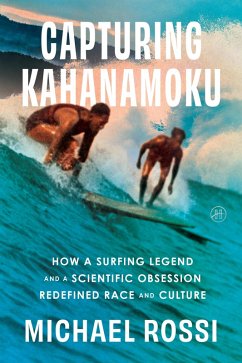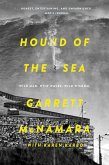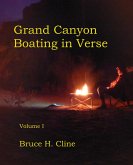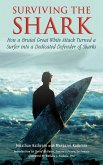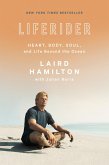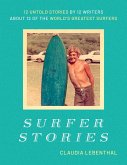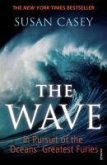Deep in the archives of New York's American Museum of Natural History sits a wardrobe filled with fifty plaster casts of human heads and faces that are a century old. How they came to be is the story of one of the most consequential, and yet least-known, encounters in the history of science.
In 1920, the museum's director Henry Fairfield Osborn traveled to Hawaii to learn the ancient South Pacific tradition of surfing. His teacher was Duke Kahanamoku, a famous surf-rider and budding movie star. For Osborn, a fervent eugenicist, Kahanamoku was a maddening paradox: physically perfect, yet belonging to an imperfect race.
Upon his return to New York, Osborn's fixation grew. He dispatched young scientist Louis Sullivan to Honolulu to measure, photograph, and cast in plaster Kahanamoku and other Hawaiian people. The study touched off a series of events that forever changed how we think about race, culture, science, and the essence of humanity.
In Capturing Kahanamoku, historian Michael Rossi draws on archival research and firsthand interviews to weave together a truly fascinating cultural history that is an absorbing account of obsession, a cautionary tale about the subjectivity of science, a warning of the pernicious and lasting impact of eugenics, a meditation on humanity, and the story of a man whose personhood shunned classification.
A heady blend of Barbarian Days and The Immortal Life of Henrietta Lacks, Capturing Kahanamoku is a Victorian saga that explores very modern questions about humanity, the noble pursuit of knowledge, and dark compulsions to design nature.
Capturing Kahanamoku includes 16-20 black-and-white photos throughout.
Dieser Download kann aus rechtlichen Gründen nur mit Rechnungsadresse in A, B, BG, CY, CZ, D, DK, EW, E, FIN, F, GR, HR, H, I, LT, L, LR, M, NL, PL, P, R, S, SLO, SK ausgeliefert werden.

